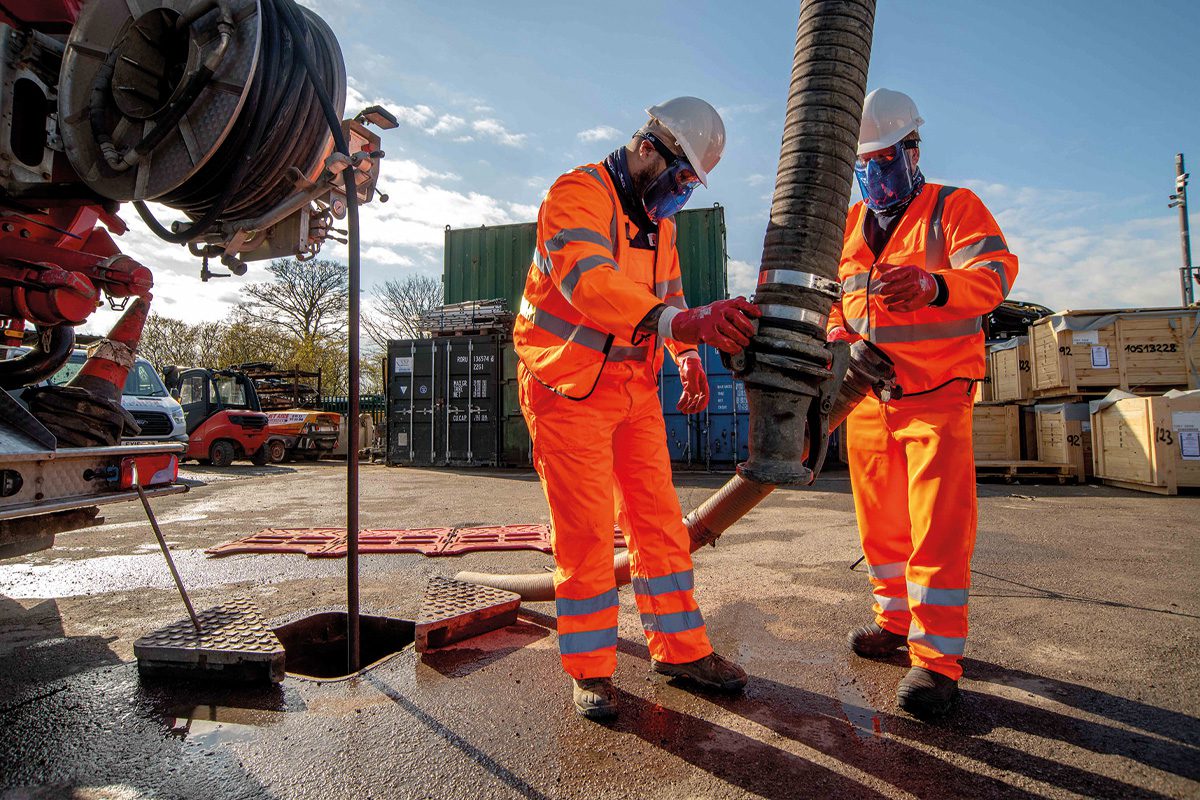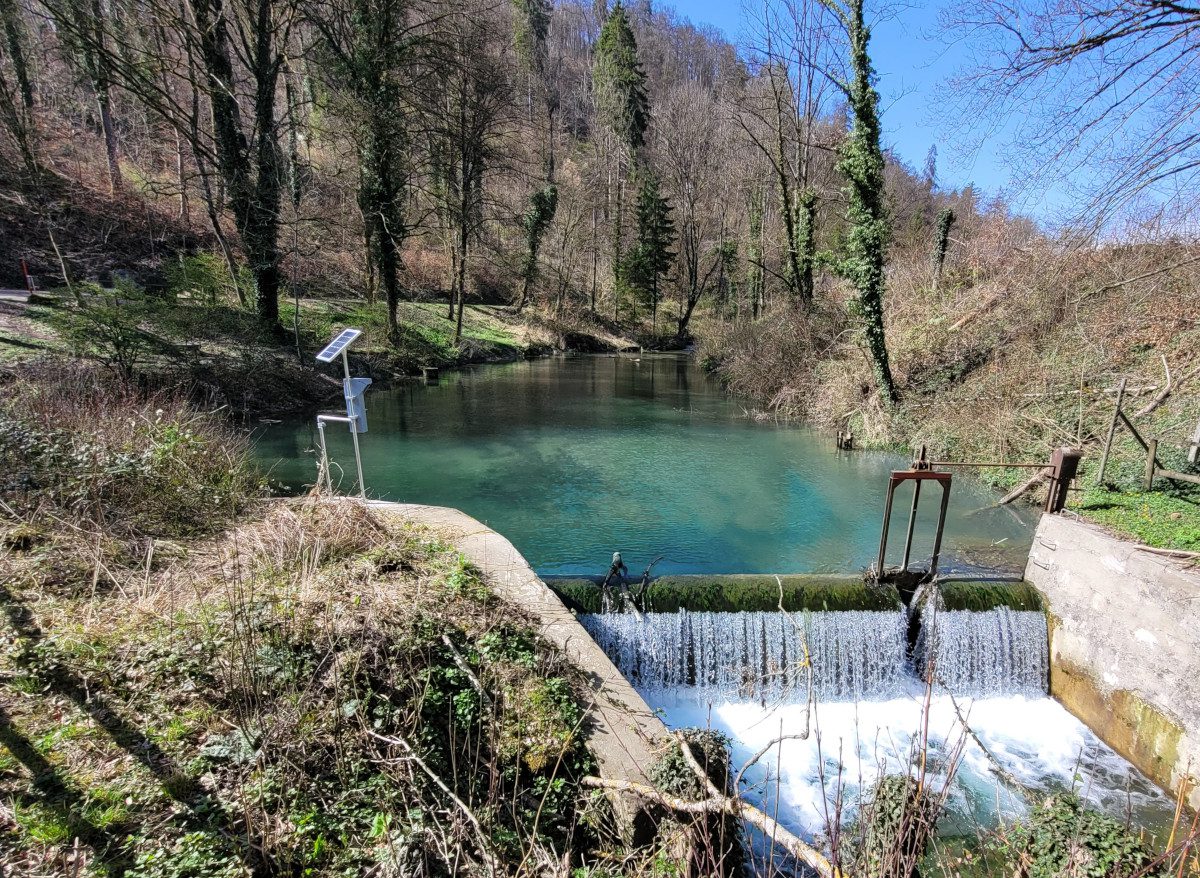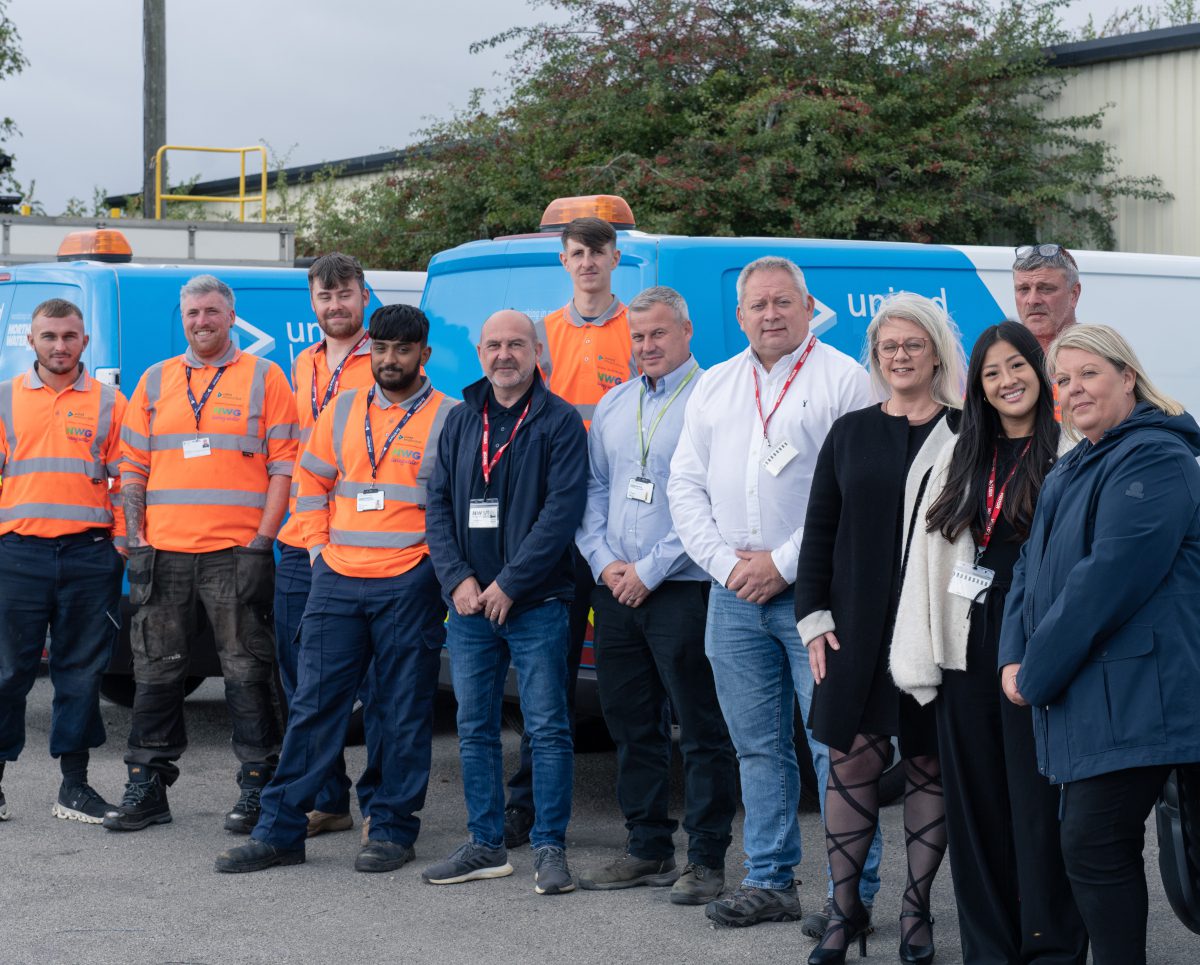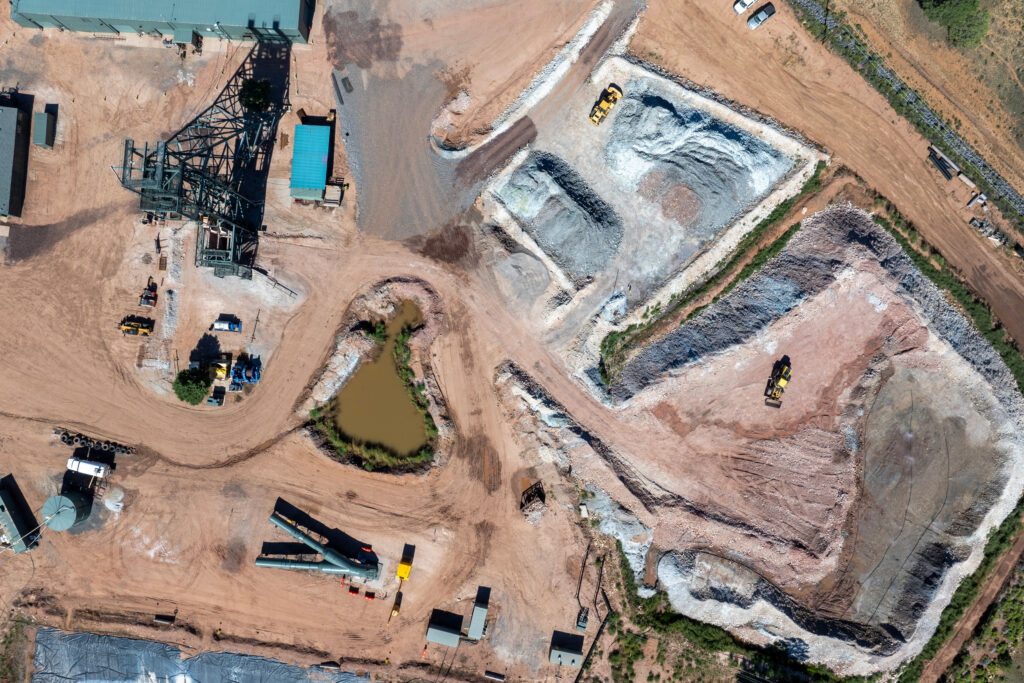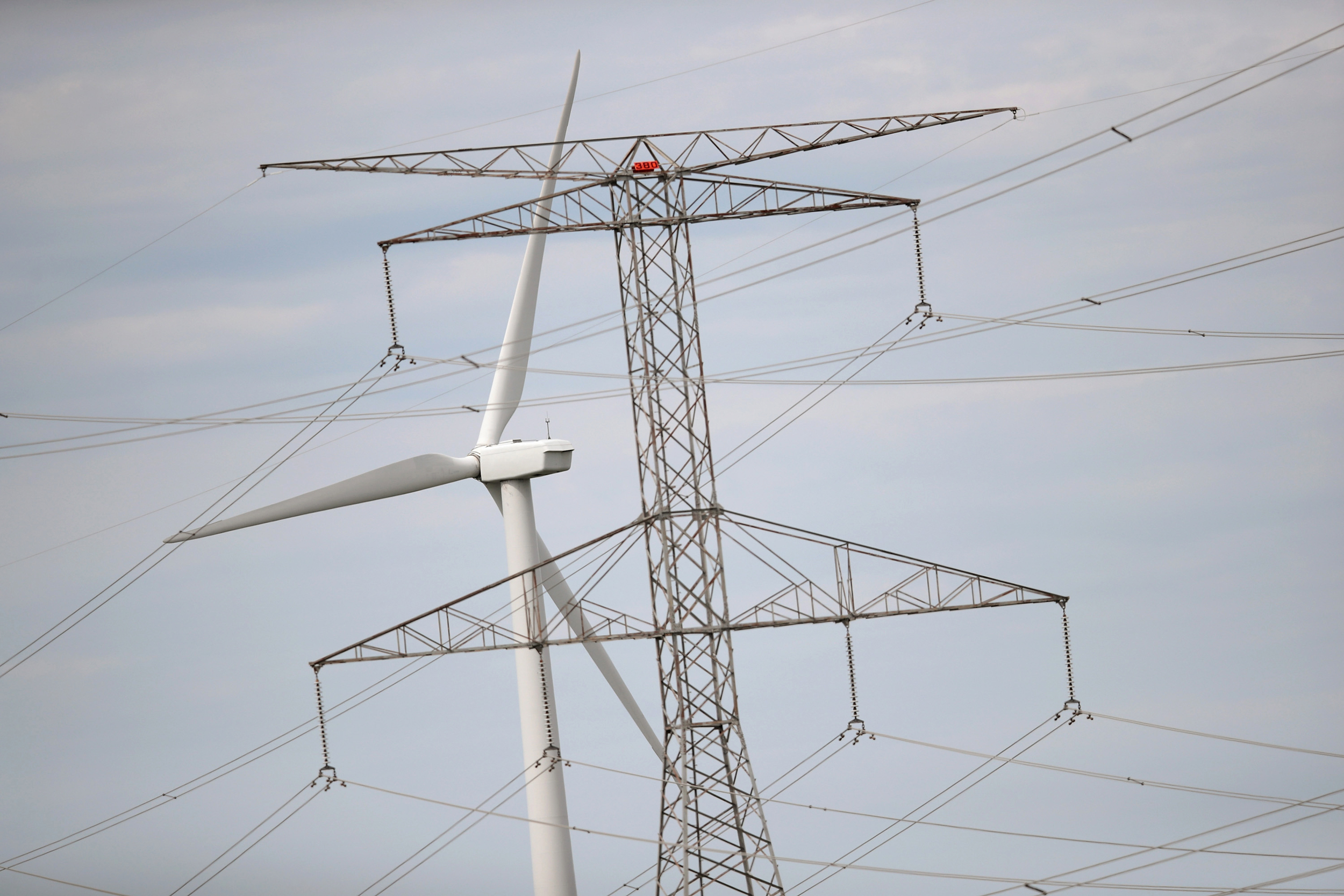This article contains paid for content produced in collaboration with Adler & Allan
Three steps to increased capacity, without capital expenditure: The use of combined sewer overflows (CSOs) has placed water companies in the firing line of regulators and ratepayers.
The industry faces intense pressure to scale back reliance on CSOs and implement a smarter, more sustainable approach to sewage management. The current AMP cycle, however, does not allow for capital spending on increased storm tank capacity through in-line or off-line retention storage.
So water companies need to get creative. Matthew Humphreys, Utilities Sector Manager, discusses cost-saving solutions to increase capacity, cut CSO use, and extend asset life – without the red tape of CapEx requirements.
Pinpoint your network’s weak spots: CSO use is the product of an overburdened network.
Using cutting-edge techniques, an experienced environmental consultant can highlight the root cause of pollution risks and identify hidden drainage problems that lead to costly CSO discharges.
Use tech to tailor your CSO action plan: A detailed outline of your infrastructure helps you systematically manage upgrades, budgets, and resources. An OS19X-qualified team can map your underground assets, defining present and future targets for repair, maintenance, and monitoring.
Maximise your existing assets: With in-depth knowledge of your network, an environmental professional will plot the route back to optimum performance. This could involve instant fixes to restore pipe capacity or estate-wide maintenance plans for ongoing compliance.
Reducing reliance on CSOs begins with a deep understanding of your network’s strengths and weaknesses. Aim for small, strategic investments that boost capacity and buy back precious years of asset life – with no capital expenditure needed.
www.adlerandallan.co.uk



